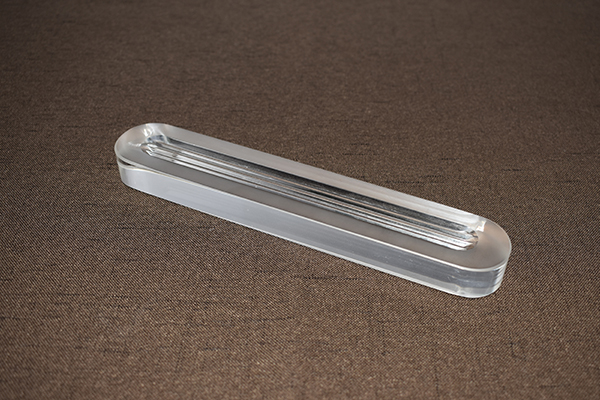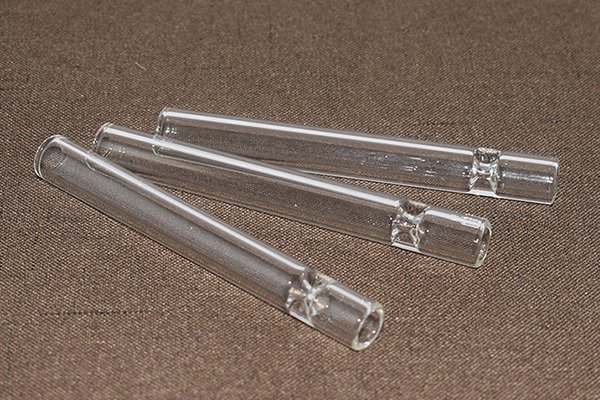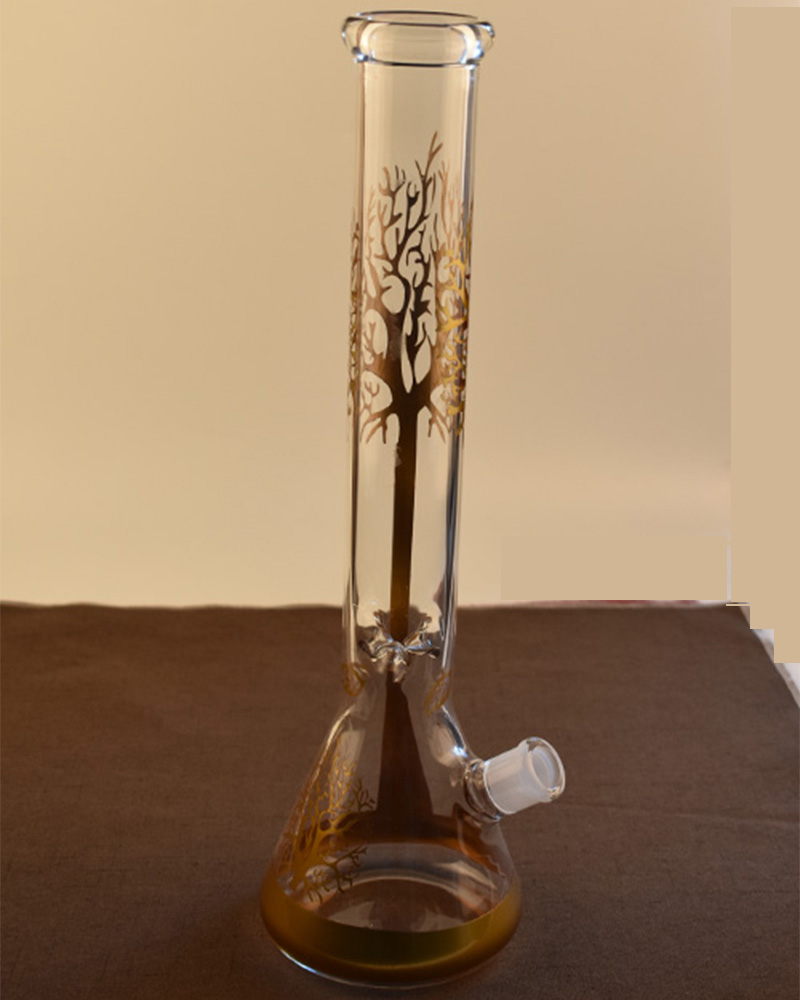News Detail
Borosilicate Glass Tube Processing: From Raw Material to Precision Component
Borosilicate glass tubes are widely used in laboratory, industrial, and pharmaceutical applications due to their excellent thermal resistance, chemical stability, and mechanical strength. The processing of borosilicate glass tubes is a meticulous procedure that transforms high-quality raw materials into precise, durable components.
The process begins with batch preparation, where raw materials like silica sand, boric oxide, alumina, and alkali oxides are carefully weighed and mixed. These ingredients are melted at high temperatures—typically around 1,400–1,600°C—in a glass furnace to form a homogenous molten glass.
Once the melt reaches the correct viscosity, it’s drawn into tubular form using techniques such as the Danner or Vello process. In the Danner method, molten glass flows over a rotating mandrel, forming a hollow tube as it is drawn through controlled heating and cooling zones. Precision control of drawing speed, diameter, and wall thickness ensures consistency across batches.
After forming, the tubes are subjected to annealing, a controlled cooling process that relieves internal stress and enhances mechanical durability. Post-annealing, the glass tubes can be cut, polished, flared, bent, or joined depending on their final use. For custom applications, CNC-controlled glass lathes allow for complex shaping and tight tolerance requirements.
Quality control plays a crucial role throughout the process. Visual inspection, dimensional testing, and stress analysis ensure the tubes meet stringent industry standards, such as ISO 3585 or ASTM E438 for borosilicate 3.3.
In summary, processing borosilicate glass tubes is a blend of high-temperature precision, engineering expertise, and rigorous quality assurance. The result is a versatile product trusted across industries for its reliability and performance in demanding environments.



